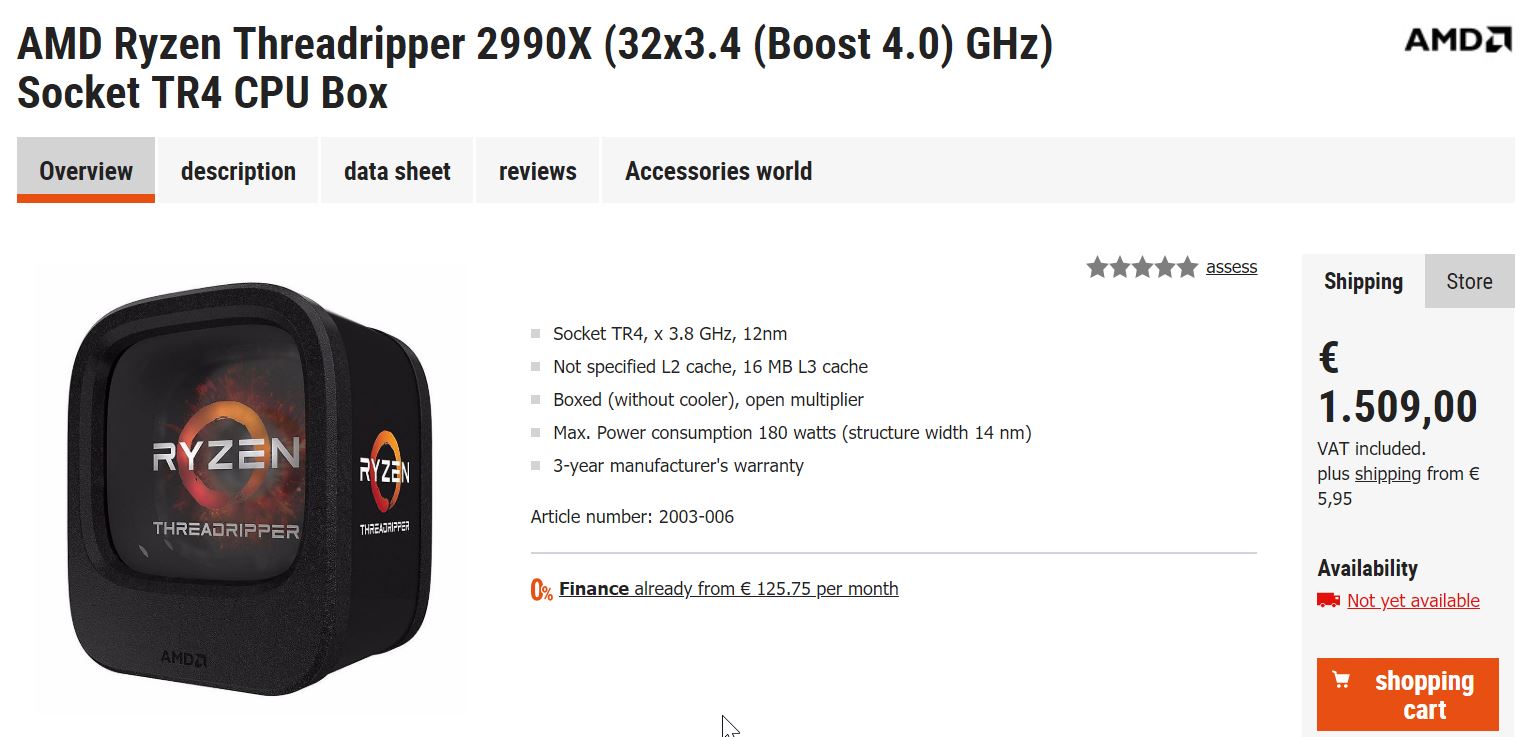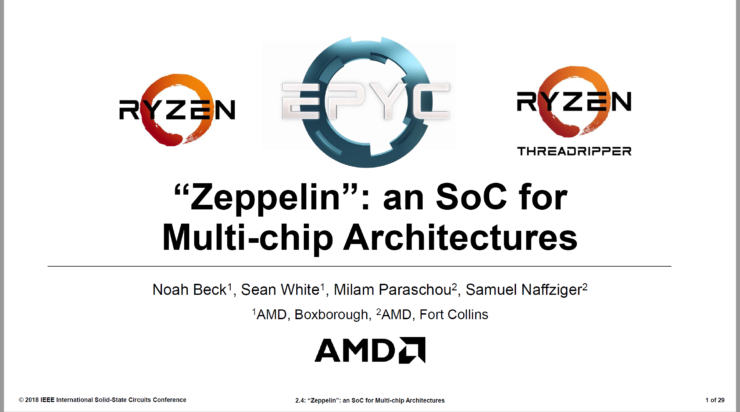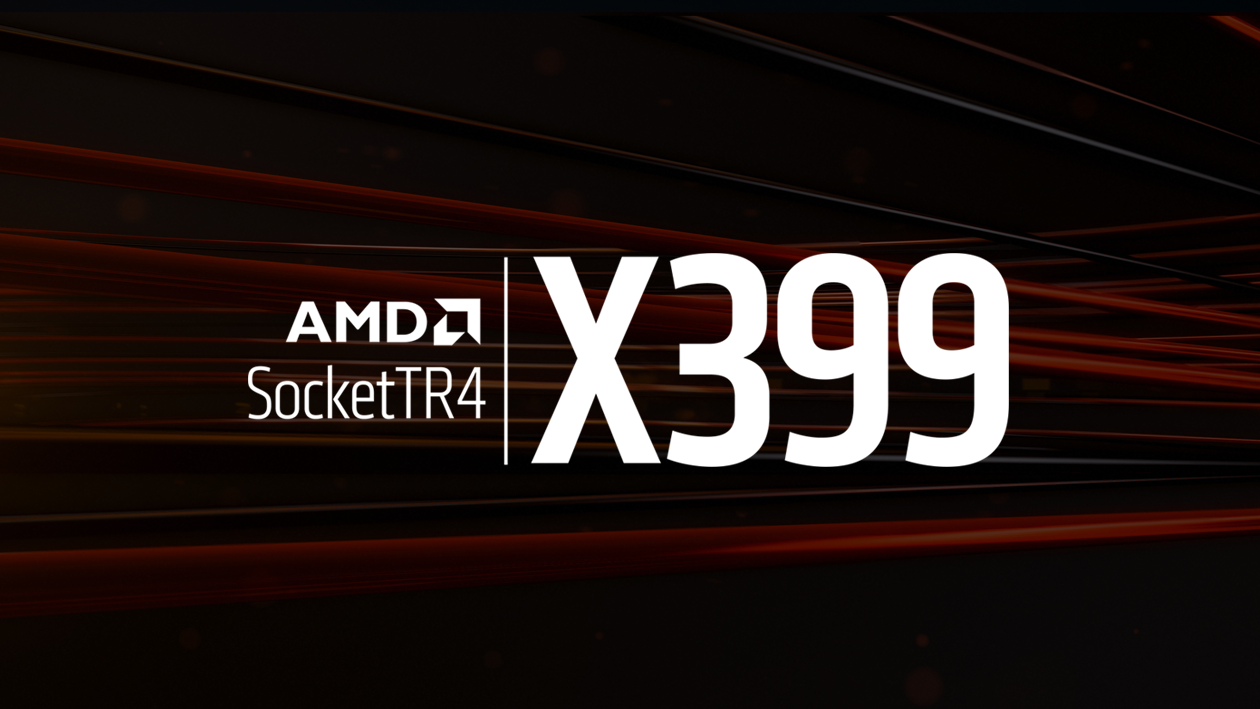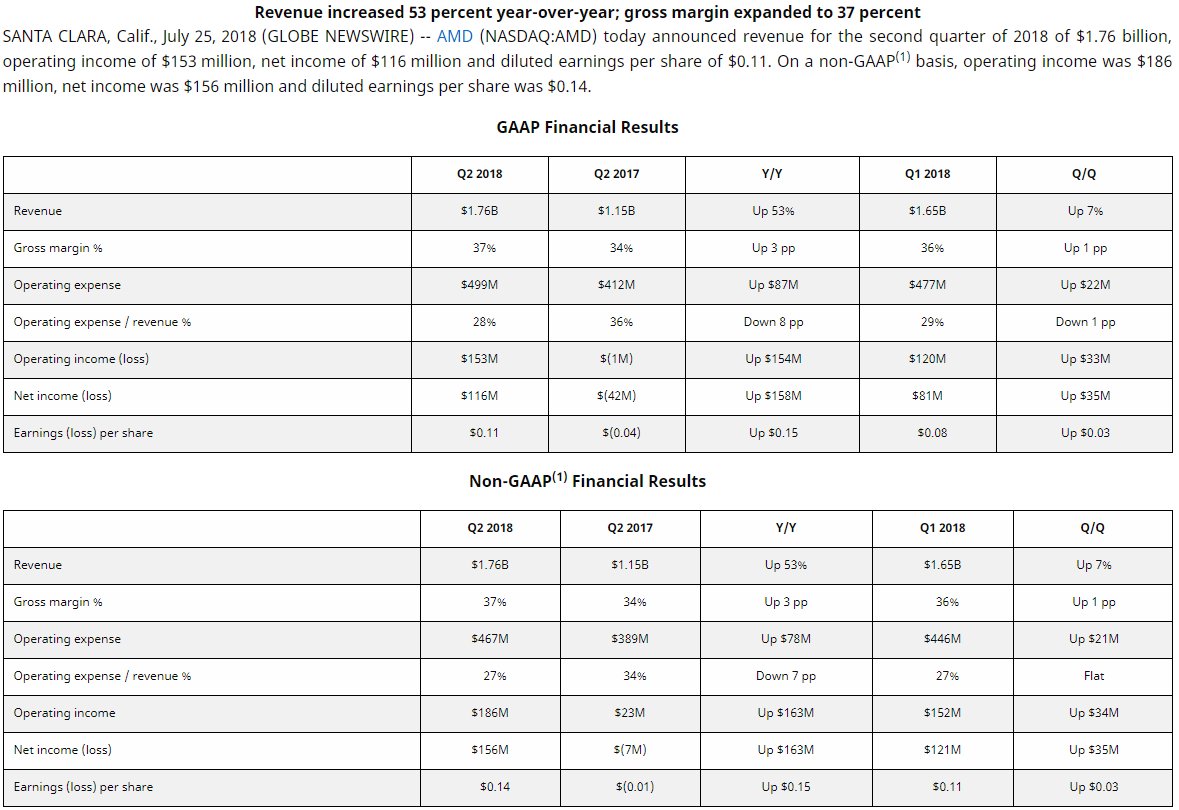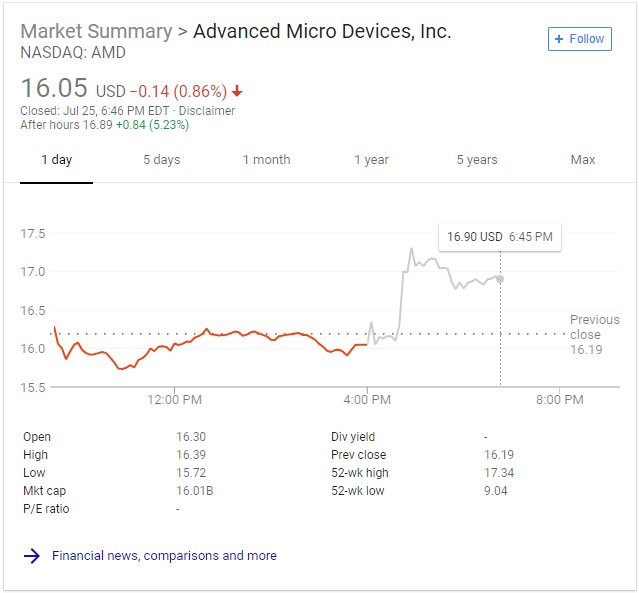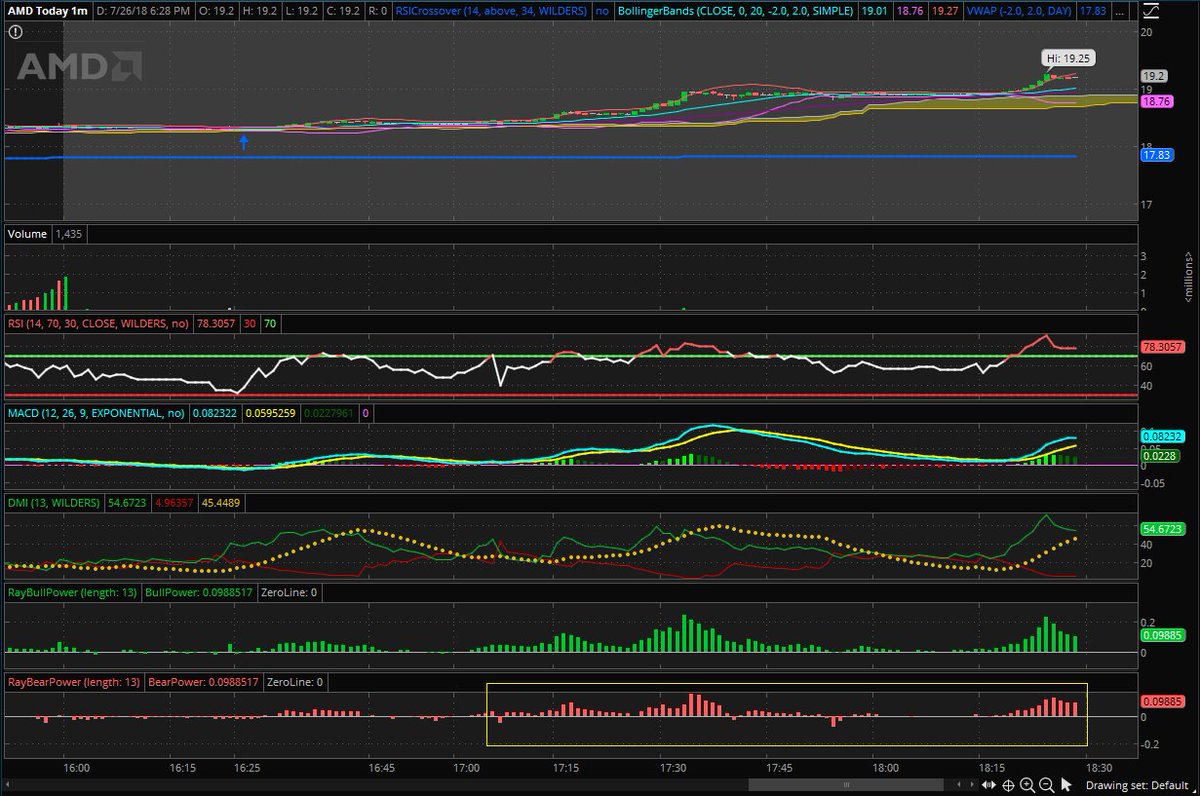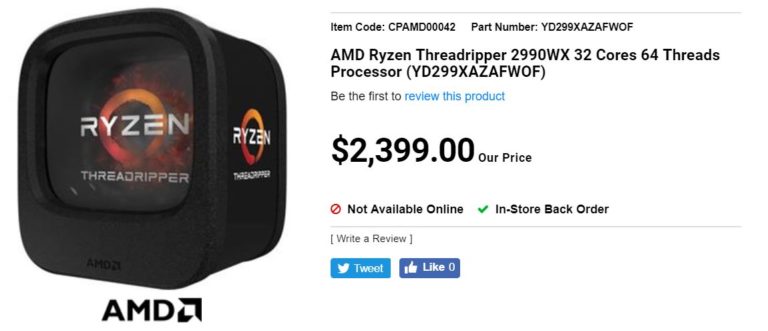AMD, led by Robert, started courting Martin Ashton with offers and finally in June of 2018, was able to bring him onboard as Corporate Vice President. This resulting counterstrike is one of the impetus’ behind a recent press release with AMD promoting Robert Gamma along with Mike Clark and Darren Grasby to leadership roles.
This was a huge win for Martin but his role in AMD is now more of an executive/leadership position than an engineering one. One of the reasons behind this is because his area of key competency, low power optimization, is actually already being overseen by Sam Naffziger – a celebrated microarchitect, and low power engineer, who had already shifted over to the GPU side from the CPU department at AMD. I have no doubts that Martin will be a great fit at AMD, but this is something that was quickly answered by Intel.
The third round continues
In response to this, Intel began firing back with some steals of their own. The third round in the talent wars, so to speak, is very quickly heating up. These are some of the key figures that recently made the move:
Alexander Lyashevsky, a very talented engineer and a corporate fellow at AMD was hired as the Senior Director of Machine Learning Algorithms and Software Architecture at Intel.
Jason Gunderson, another top CPU engineer and Sr. Director Program Managemen at AMD was brought on as Senior Director and Cheif of Staff Silicon Engineering at Intel.
Radhakrishna Giduthuri, a top AI engineer at AMD who had spent 7 years in their software architecture and AI department was snagged by Intel as a Deep Learning Architect in the AI Products Group.
Joseph Facca, is one of the key talent that was not taken directly from AMD but was approached form a different route. Joseph had previously been with AMD and led board design teams for ATI but had left in the September of 2016. He had been working in a much smaller company as an R&D expert and Intel brought him on board as an ‘industry leader’ to “create, design and deliver industry-leading discrete graphics products.
There is another candidate, Mark Hirsh, who recently left AMD. He was the CVP of System Engineering at RTG and was VP Platform of Instinct and I have been told that Intel is currently in talks to bring him onboard as well. If the company manages to do that, combined with Raja, Chris, Jim Keller and Tom Forsyth, it would be one of the biggest talent hunts in this industry in the past few years.
It remains to be seen how and when AMD will respond to this latest flurry of punches, but one thing is for sure, Intel is getting very serious about their GPU efforts. I have also heard rumors of them opening up shop in Canada that would be dedicated to this arm. AMD has already made a spectacular comeback in the x86 department, against all odds, and beating all expectations but now it also needs to win back some of the Radeon glory of olde.

